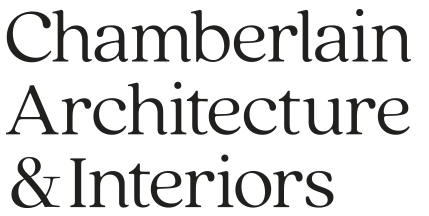How to design a forever home: 4 important questions we ask our clients.
Australians are living in their homes a lot longer than they did a decade ago. According to Corelogic, the average number of years a house is owned has increased from 6.8 years at the turn of the century to over 10, as more of us decide to make our next home our last; our forever home.
But, designing a home that will keep you happy and comfortable for the rest of your life is a much bigger challenge than designing a home for just the next ten years.
There are a range of factors you’ll need to consider, and the more prepared you are the better.
If you’re just getting started, this article will guide you through the four most crucial points we assist our clients with when they’re embarking on their Forever Home journey.
1. How will the structure of your household change?
The first thing to think about is where you see yourself and your household over the medium and long term.
Will your children live at home longer than expected?
Will you care for an older parent or relative?
Will you have your first child, or more children in the future?
The number of family members your home will need to accommodate comfortably over the coming decades will have a big influence on the final design
2. How will the home cater to your needs as you get older?
If you’ve decided that you are building your forever home, you’ll also need to consider how your physical and psychological needs will change as you get older.
For example, we recently finished working on a project with two clients; a middle-aged couple.
They were certain that our finalised design would be their home for the rest of their lives.
This informed the decision of having an extra bedroom on the ground floor so that, in a few decades, they could - if they needed one - make room for a live-in carer or their children to look after them.
Just as you make financial plans to ensure your independence later in life, being conscious of the ways your physical and psychological needs may change in the future will allow for the accessibility and flexibility you’ll depend in the future.
3. How will you ensure your spaces are flexible?
Think about the spaces you need right now, the spaces you’d like to have and the spaces you’d like to have in the future.
Where is there scope for overlap so you’re not building more than you need?
We had a client who had a large family, and needed a big house to fit everybody.
When we started on their house, their daughters were all teenagers and all needed separate bedrooms. Now, ten years down the track, at least one of the daughters is no longer at home, and the other children won’t be living with the clients in a few years time.
This client had a clear plan, so we helped to ensure that their spaces were flexible. The design allows the bedroom to function as a study, a storage room, a cosier living area, or they could even merge it with the existing family room to make a spacious entertaining room.
How can spaces potentially evolve and provide flexibility over time so that your home continues to suit your needs?
4. What are your passions, values and hobbies?
It’s important that your forever home prioritises your values, hobbies and passions: the things you love to do, and the activities that make you happy and healthy.
If you’re passionate about entertaining and cooking, the kitchen and dining will be important, as well as social spaces.
If you’re an introvert, you might want lots of cosy private nooks.
If you love nature then the views to greenery will be critical.
If you love being creative, maybe your spaces will need to be more flexible, allowing you to easily create large, open spaces for creative activities: then effortlessly return to their normal configuration when you’re finished.
We all change over time but often we tend to revolve around our core values.
Make a list of what’s important to you. Your architect will work with you to figure out how these values can be embedded in the design of your home.
Conclusion
As architects, we are responsible for making sure that your home suits your goals and needs - our homes are tailored to you, your lifestyle and your dreams.
We aim to design a home that will evolve with you, not against you.
We think the Forever Home conversation is an important one to have with every client, so we’ve developed processes and exercises that are designed to help you pre-empt design challenges you may not have considered.
Regardless of whether you’re looking for a house, a home, or a forever home - we can help to guide you and your family through that conversation.

